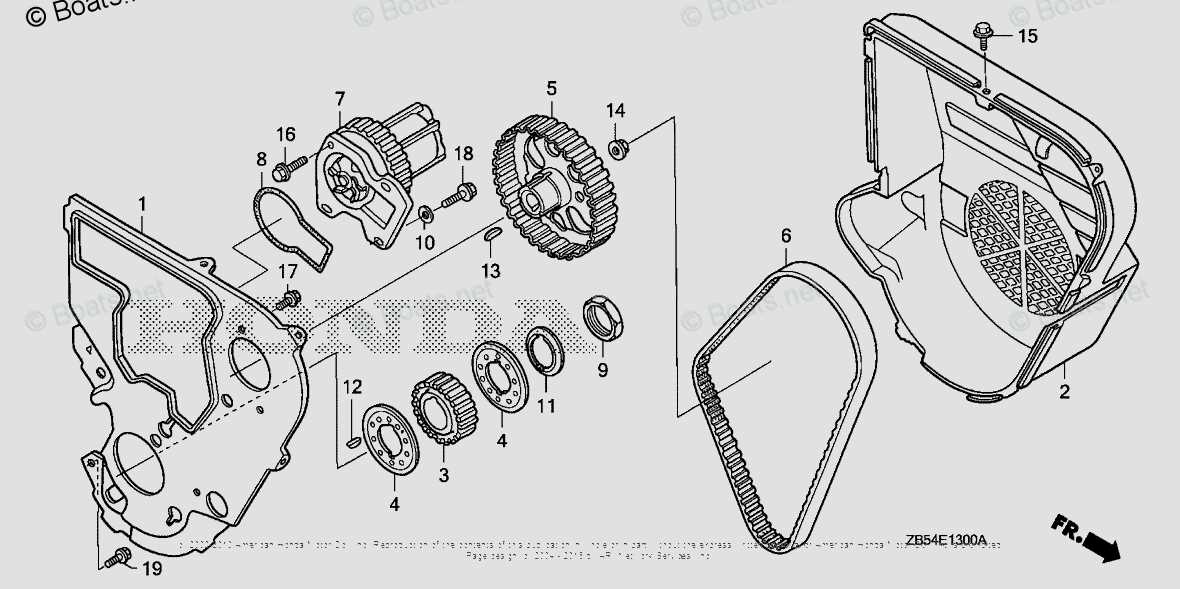
The intricate network of elements within recreational vehicles plays a crucial role in ensuring optimal functionality and comfort. Familiarity with these components not only enhances maintenance practices but also empowers owners to make informed decisions regarding repairs and upgrades.
Visual representations of these configurations serve as essential tools for both novices and seasoned enthusiasts. They facilitate a deeper understanding of how each section interacts, ensuring a cohesive experience while traveling.
As we delve into the specifics, we will explore the ultimate arrangement of various systems, shedding light on their individual purposes and the benefits they bring to the overall performance of the vehicle.
Understanding RV AC System Components
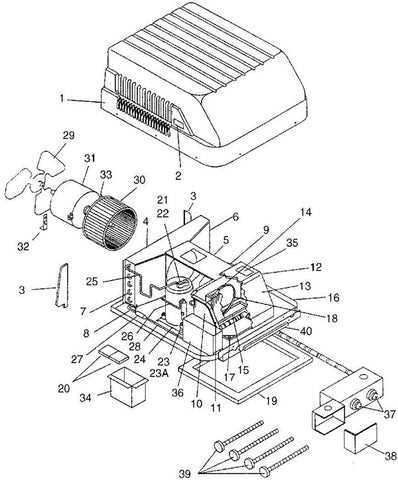
Recreational vehicles are designed for comfort, and a well-functioning air conditioning system is essential for maintaining a pleasant environment. Comprehending the various elements that make up this system can help owners ensure optimal performance and longevity. Each component plays a crucial role in delivering cool air while maintaining efficiency, and recognizing their functions is vital for troubleshooting and maintenance.
| Component | Function |
|---|---|
| Compressor | Pumps refrigerant through the system, increasing pressure and temperature. |
| Evaporator | Absorbs heat from the interior air, cooling it down before circulation. |
| Condenser | Dissipates heat from the refrigerant, allowing it to change from gas to liquid. |
| Expansion Valve | Regulates refrigerant flow, reducing pressure before it enters the evaporator. |
| Blower Motor | Circulates air over the evaporator, distributing cool air throughout the RV. |
By familiarizing themselves with these essential components, RV owners can better appreciate how their air conditioning system operates, leading to more informed decisions regarding maintenance and potential repairs.
Key Parts of an RV AC Unit
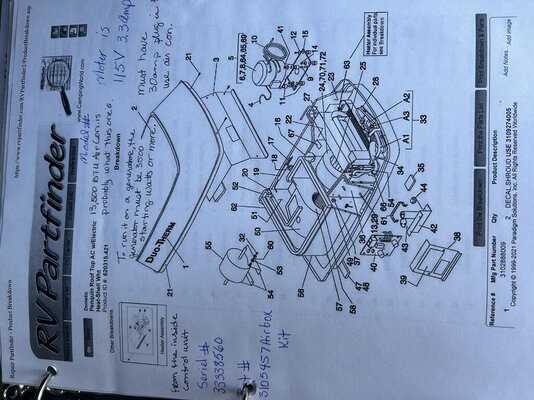
Understanding the components of an RV air conditioning system is essential for maintaining optimal comfort while traveling. Each element plays a vital role in ensuring efficient cooling and overall functionality. Familiarity with these essential elements can help you troubleshoot issues and perform necessary upkeep.
- Compressor: Acts as the heart of the cooling system, compressing refrigerant and facilitating heat exchange.
- Condenser Coil: Responsible for dissipating heat absorbed from the inside of the RV, allowing the refrigerant to cool and condense.
- Evaporator Coil: Located inside the unit, it absorbs heat from the RV’s interior, helping to lower the temperature.
- Fan Motor: Circulates air over the evaporator coil, distributing cool air throughout the living space.
- Thermostat: Monitors and regulates the desired temperature, allowing for automatic adjustments to the cooling process.
- Ductwork: Channels the cooled air to various areas within the RV, ensuring even distribution and comfort.
Each of these components contributes to the overall effectiveness of the air conditioning system, and recognizing their functions can aid in both maintenance and repair efforts.
How to Read AC Diagrams
Understanding illustrations of air conditioning systems can greatly enhance your ability to troubleshoot and maintain these units. Familiarity with the symbols and layout allows for quicker diagnostics and repairs.
- Familiarize Yourself with Symbols: Different elements are represented by unique icons. Learning these can help you identify components quickly.
- Follow the Flow: Most schematics depict the flow of refrigerant and electricity. Recognizing the direction can clarify how the system operates.
- Identify Connections: Pay attention to how various elements are interconnected. This reveals potential areas for failure or maintenance.
By mastering these basics, you’ll be equipped to delve deeper into the workings of your AC unit and address issues effectively.
Common AC Troubleshooting Techniques
When faced with issues in your cooling system, understanding how to identify and resolve common problems can be crucial for maintaining comfort. By employing effective methods, you can often address minor faults before they escalate into major repairs.
1. Check the Thermostat: Ensure that your thermostat is set correctly. Sometimes, simple adjustments can restore functionality.
2. Inspect the Air Filter: A clogged filter can restrict airflow and reduce efficiency. Regularly replacing or cleaning the filter is essential.
3. Examine Circuit Breakers: If your system isn’t powering on, check the circuit breaker. A tripped breaker may be the culprit, and resetting it could solve the issue.
4. Clean the Condenser Coils: Dust and debris on the coils can hinder heat exchange. Regular cleaning will promote optimal performance.
5. Listen for Unusual Noises: Unfamiliar sounds may indicate mechanical issues. Pay attention to any changes, as they can provide insights into potential problems.
6. Ensure Proper Drainage: Clogged drain lines can lead to water damage. Regularly inspect and clear any blockages.
By applying these techniques, you can effectively troubleshoot common issues and enhance the longevity of your cooling system.
Maintenance Tips for RV Air Conditioning
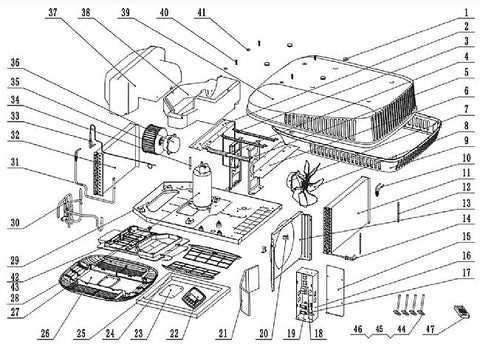
Keeping your recreational vehicle’s cooling system in top shape is essential for a comfortable journey, especially during hot weather. Regular upkeep not only enhances performance but also extends the lifespan of the system, ensuring you stay cool wherever you roam. Here are some practical suggestions to help you maintain your RV’s air cooling unit effectively.
Regular Cleaning
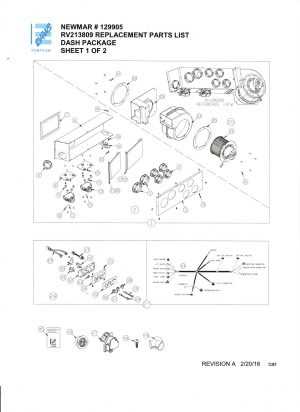
Dust and debris can accumulate in and around the cooling unit, affecting its efficiency. Clean the filters periodically to prevent clogs and maintain airflow. Additionally, inspect the exterior for any dirt buildup, especially around the intake vents. A clean system operates more efficiently and uses less energy.
Check for Leaks
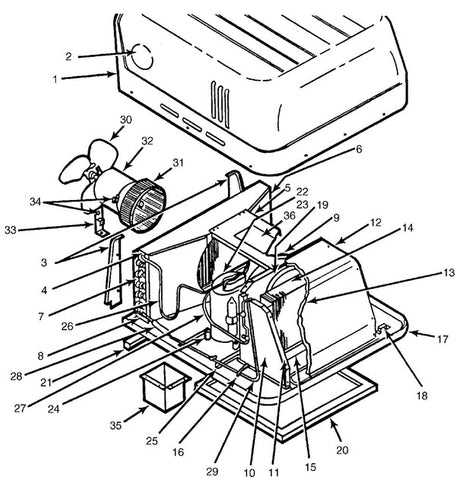
Inspecting for refrigerant leaks is crucial for optimal functionality. If you notice a decrease in cooling performance, it might be time to look for signs of leakage. Common indicators include hissing sounds or oily spots near the unit. Addressing these issues promptly can prevent more significant damage and costly repairs.
Upgrading Your RV AC System
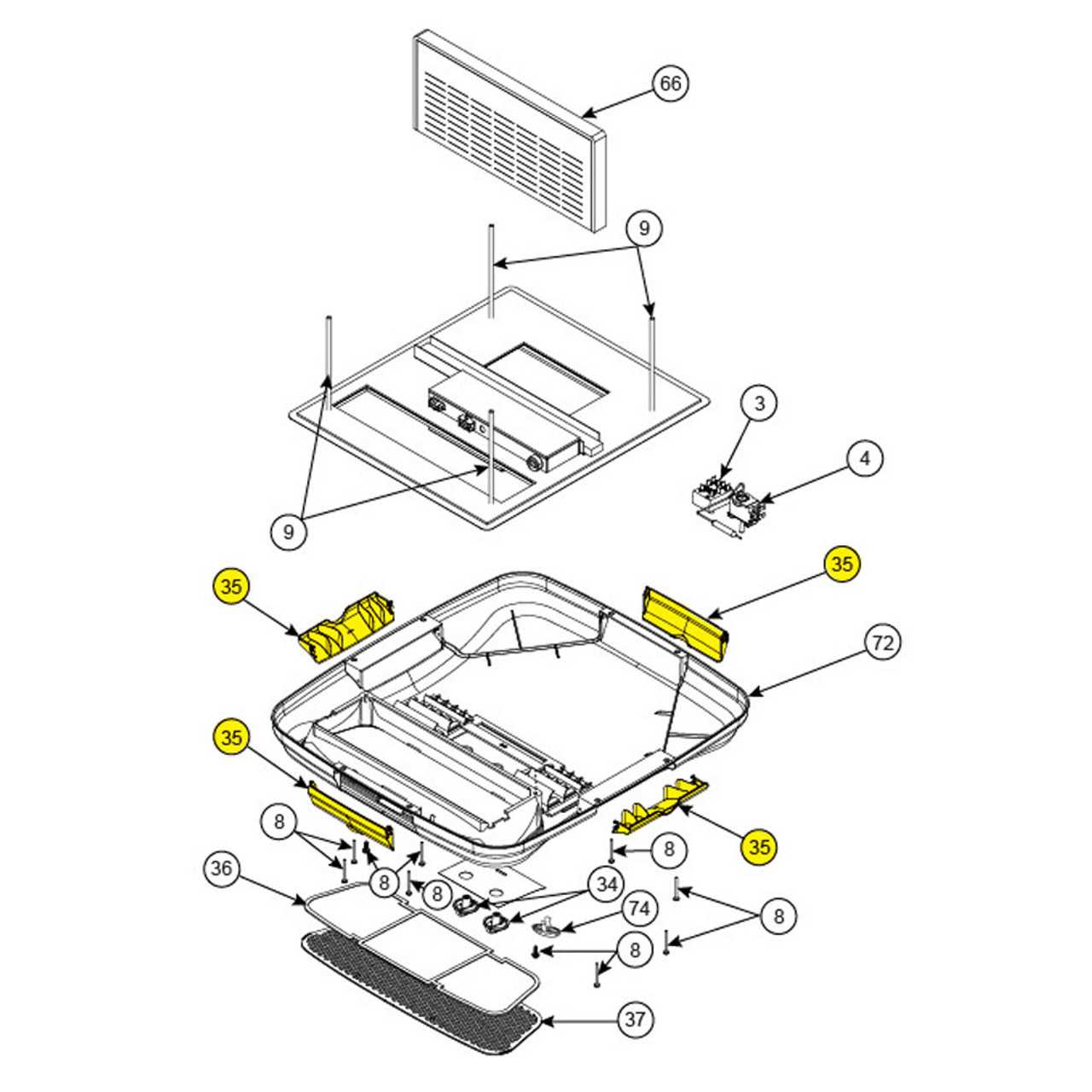
Enhancing your recreational vehicle’s cooling system can significantly improve comfort during your travels. With advancements in technology, there are numerous options available to ensure a more efficient and reliable climate control experience. This section will explore the benefits and considerations of modernizing your RV’s cooling setup.
Benefits of Upgrading
Upgrading your RV’s cooling mechanism can lead to improved energy efficiency, resulting in lower power consumption and cost savings. Newer models often feature quieter operation, providing a more pleasant environment while traveling or camping. Additionally, enhanced systems can offer better temperature regulation, allowing you to maintain a comfortable atmosphere regardless of external conditions.
Considerations Before Upgrading
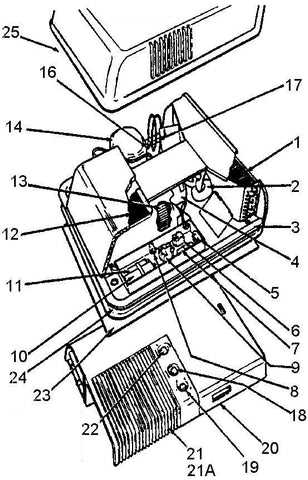
Before proceeding with any enhancements, it’s crucial to assess the specific needs of your vehicle. Consider factors such as the size of your RV, typical climate conditions, and your personal cooling preferences. It may also be beneficial to consult with a professional to identify the best solutions tailored to your unique situation. Upgrading can be a worthwhile investment, providing long-term benefits and an elevated travel experience.
Signs Your RV AC Needs Repair
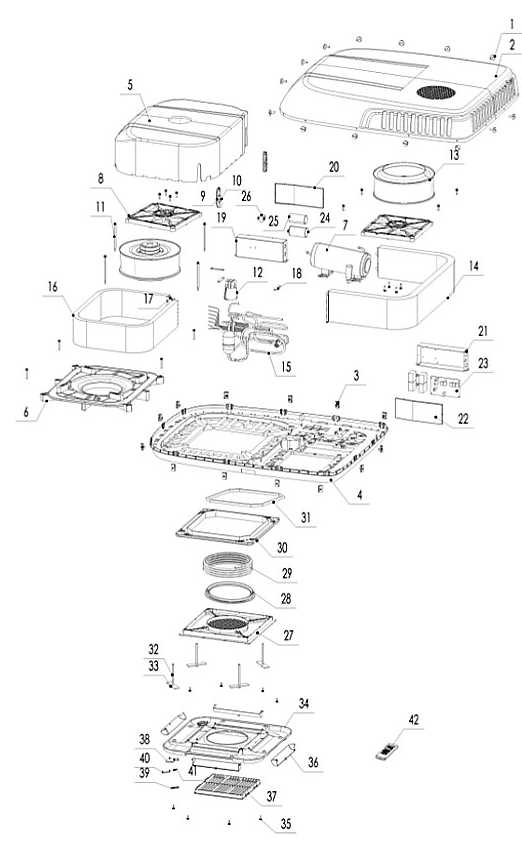
Maintaining a comfortable temperature in your recreational vehicle is crucial for an enjoyable experience. When your cooling system starts to show signs of trouble, it can lead to discomfort and frustration. Recognizing the early indicators of malfunction is essential for timely repairs and continued comfort on the road.
Common Indicators of AC Issues
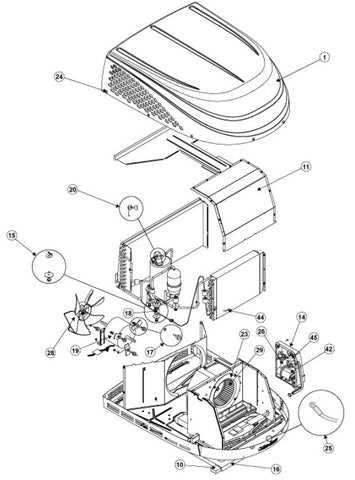
There are several telltale signs that your RV’s cooling unit may require attention. Being aware of these can help you address problems before they escalate.
| Sign | Description |
|---|---|
| Insufficient Cooling | If the air blowing from your vents is warm or lacks the power it once had, this could indicate a problem. |
| Unusual Noises | Strange sounds, such as grinding or squealing, can signify mechanical issues that need professional evaluation. |
| Unpleasant Odors | Foul smells can indicate mold or electrical problems within the system, warranting immediate inspection. |
| Frequent Cycling | If the unit turns on and off more often than usual, it may be struggling to maintain the desired temperature. |
When to Seek Professional Help
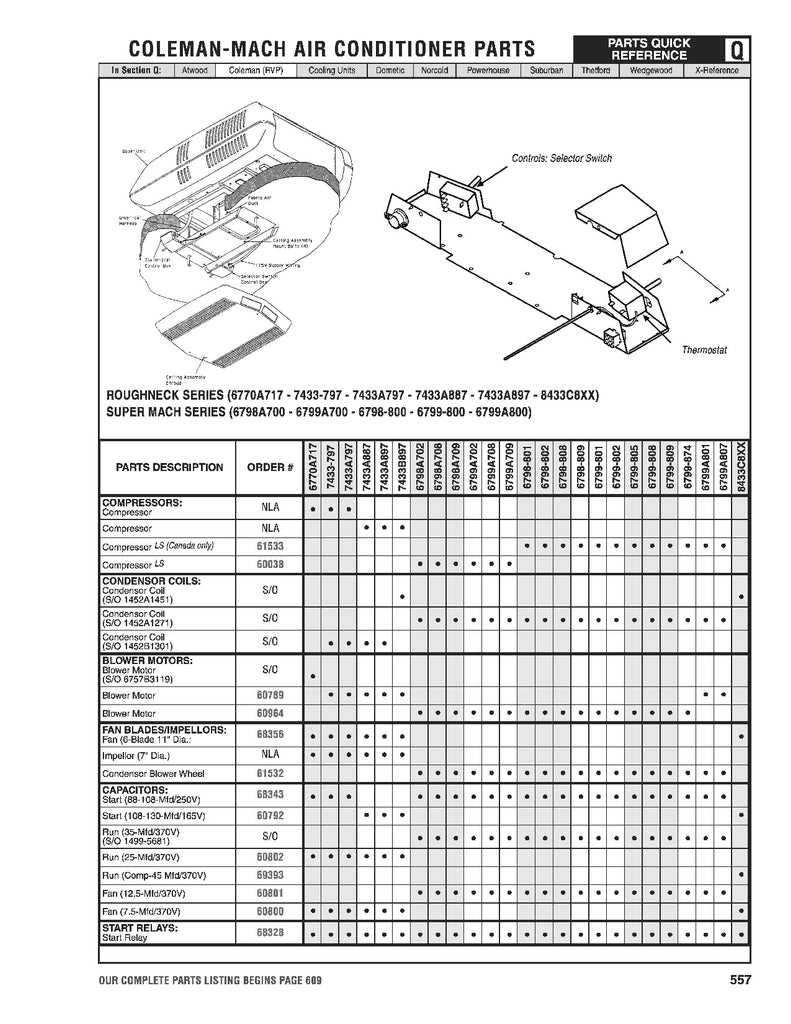
If you notice any of these symptoms, it’s advisable to consult a technician. Early diagnosis and repair can save you from costly replacements and ensure a pleasant travel experience.
Benefits of Proper AC Ventilation
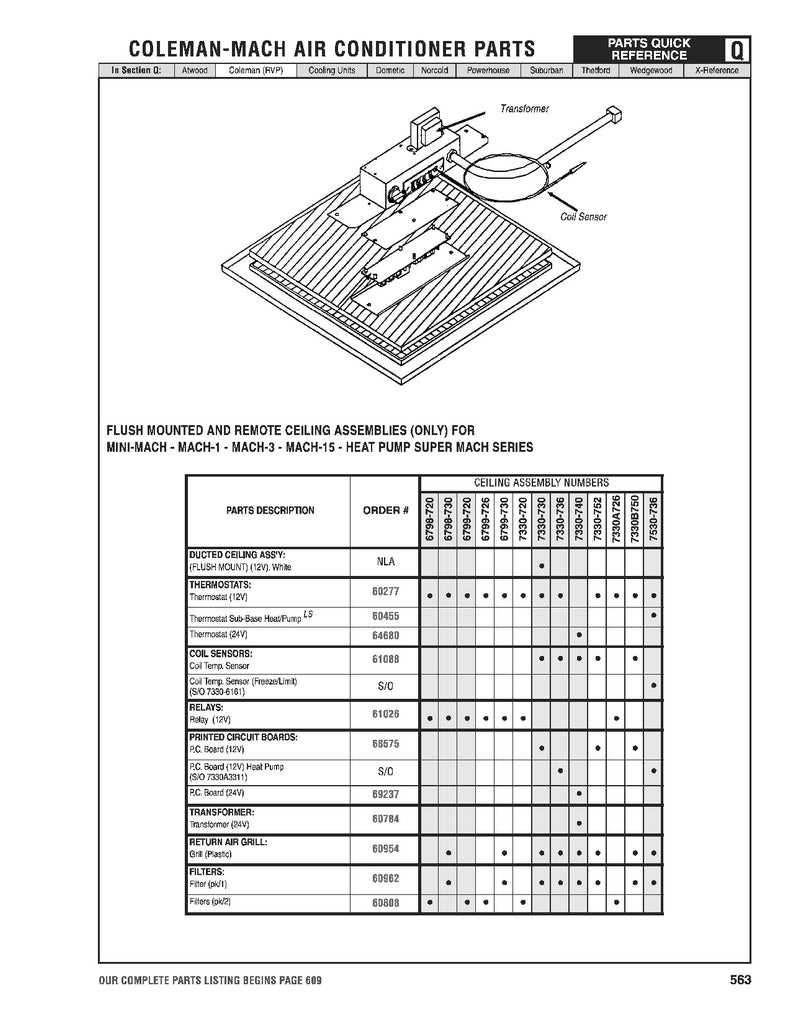
Ensuring adequate airflow in air conditioning systems is essential for optimal performance and comfort. Effective ventilation promotes efficient temperature regulation, enhances air quality, and prolongs the lifespan of the system.
Improved Efficiency
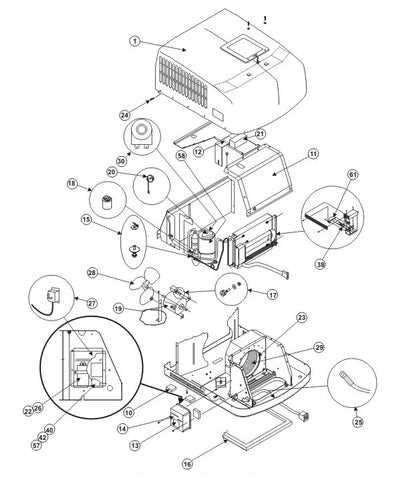
When ventilation is properly managed, the system can operate more effectively, leading to reduced energy consumption. This not only lowers utility bills but also minimizes the environmental impact.
Enhanced Air Quality
Good airflow helps in reducing the accumulation of pollutants and allergens, resulting in cleaner indoor air. Regular maintenance and proper ventilation ensure that fresh air circulates, promoting a healthier living environment.
Resources for RV AC Parts Information
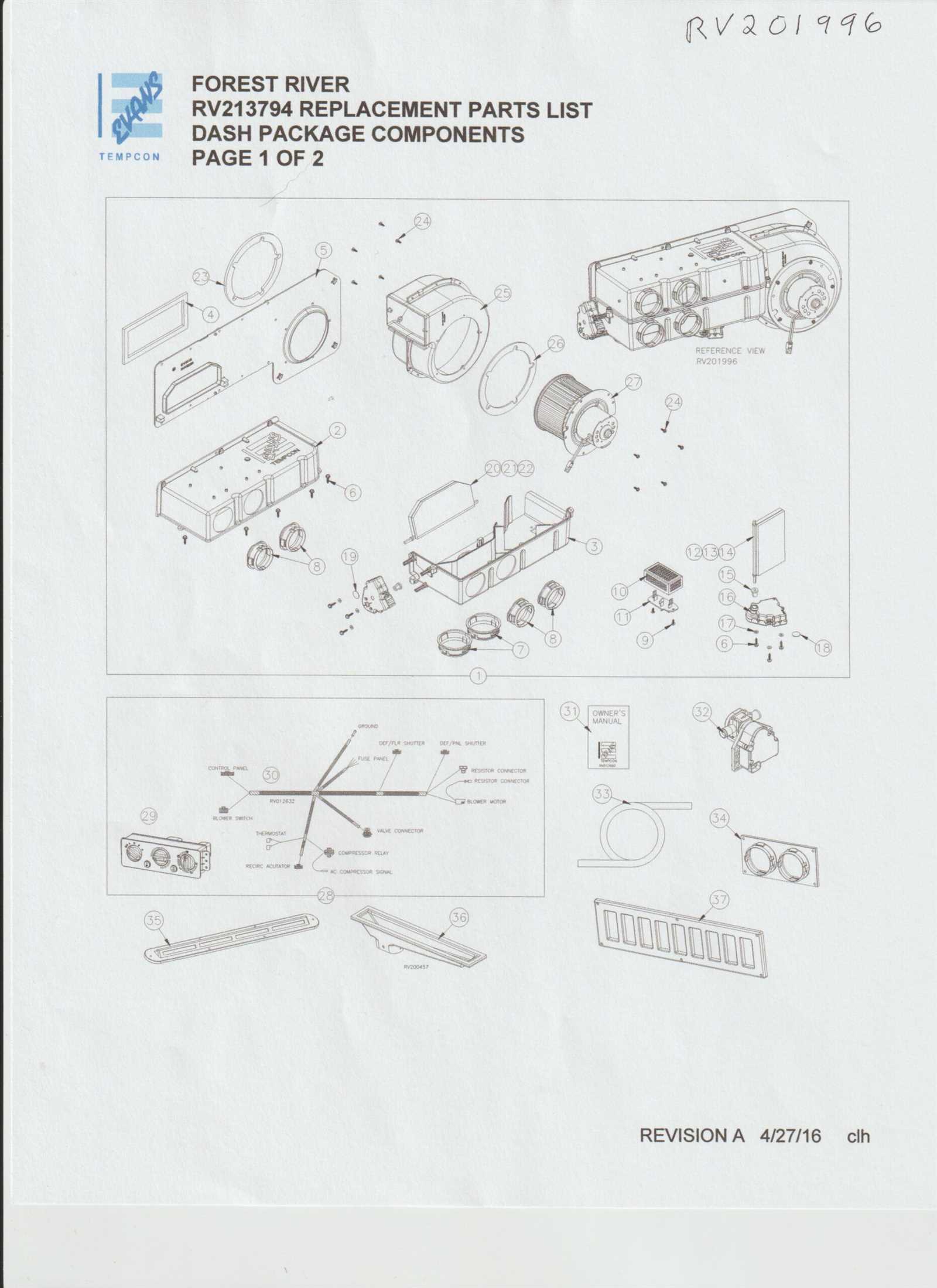
Finding reliable information about components related to RV air conditioning systems is crucial for maintenance and repairs. Various resources can provide insights, whether you are looking for manuals, troubleshooting guides, or community forums. Here are some valuable avenues to explore.
Online Resources
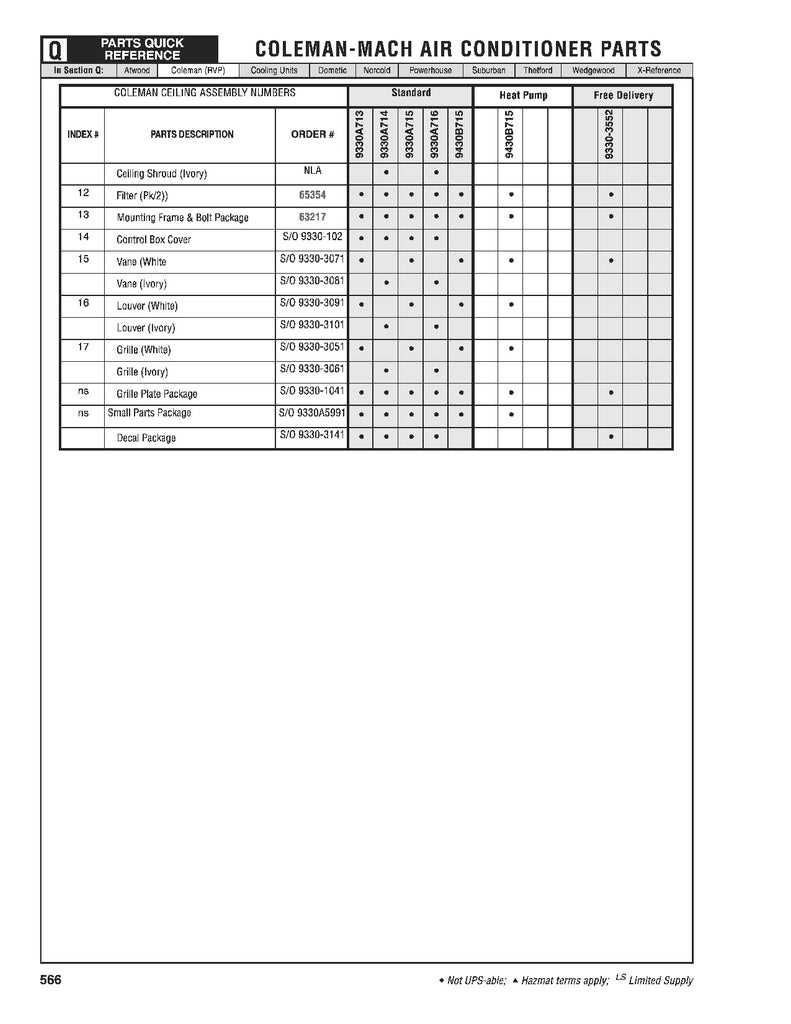
- Manufacturer Websites: Most brands offer extensive resources, including user manuals and installation guides.
- Online Forums: Communities such as RV.net and iRV2.com allow users to share experiences and solutions.
- Video Tutorials: Platforms like YouTube host numerous instructional videos that demonstrate repair techniques and system maintenance.
Books and Publications
- DIY Guides: Look for comprehensive handbooks specifically focused on RV maintenance.
- Trade Magazines: Subscriptions to publications focused on recreational vehicles can provide updates on new technologies and troubleshooting tips.
- Service Manuals: Detailed manuals specific to your RV model can be invaluable for in-depth understanding.